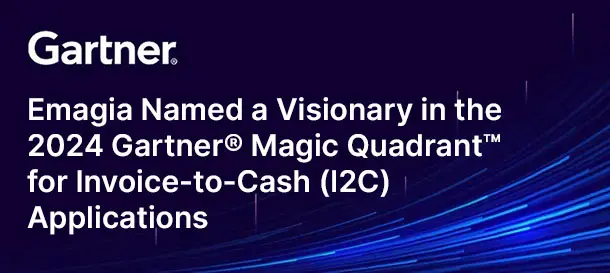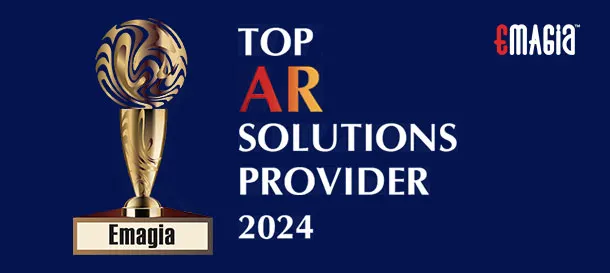Effective cash flow management is crucial for the financial health of any business. Central to this process are Accounts Receivable (AR) and Accounts Payable (AP), which represent the money owed to a company and the money a company owes, respectively. Understanding and strategically managing AR and AP can significantly enhance a company’s liquidity and operational efficiency.
Understanding Accounts Receivable (AR) and Accounts Payable (AP)
Accounts Receivable (AR) refers to the outstanding invoices a company has or the money clients owe the company for goods or services delivered on credit. These are considered current assets on the balance sheet, as they are expected to be converted into cash within a short period.
Accounts Payable (AP), on the other hand, represents the company’s obligations to pay off short-term debts to its creditors or suppliers. These are current liabilities on the balance sheet, indicating amounts a company owes for goods or services purchased on credit.
The Impact of AR and AP on Cash Flow
Both AR and AP play pivotal roles in cash flow management:
- Accounts Receivable: Efficient AR management ensures timely collection of payments, directly influencing the cash inflows. Delayed collections can lead to cash shortages, affecting the company’s ability to meet its own obligations.
- Accounts Payable: Strategic AP management involves optimizing the timing of cash outflows. By taking full advantage of credit terms and avoiding early payments, a company can maintain higher cash reserves, thus improving liquidity.
Strategies for Optimizing AR and AP to Enhance Cash Flow
- Implement Clear Credit Policies: Establishing well-defined credit policies helps in assessing customer creditworthiness, setting appropriate credit limits, and reducing the risk of bad debts.
- Accelerate Receivables Collection: Utilizing electronic invoicing and offering incentives for early payments can expedite the collection process, thereby improving cash inflows.
- Extend Payables Without Penalties: Negotiating favorable payment terms with suppliers allows a company to extend its payables period without incurring penalties, effectively managing cash outflows.
- Regular Monitoring and Reporting: Maintaining an accounts payable aging schedule is crucial for tracking due dates and ensuring timely payments, which helps in avoiding late fees and maintaining good supplier relationships.
The Role of Technology in Managing AR and AP
Adopting automated solutions for AR and AP processes can lead to significant improvements in cash flow management:
- Automation of Invoicing and Payments: Automated systems streamline invoicing and payment processes, reducing errors and accelerating transaction times.
- Real-Time Financial Insights: Advanced software provides real-time data analytics, enabling better forecasting and decision-making regarding cash flow.
How Emagia Transforms AR and AP Management
Emagia offers comprehensive solutions that integrate AR and AP processes, providing businesses with tools to optimize cash flow effectively:
- AI-Driven Analytics: Emagia’s platform utilizes artificial intelligence to analyze payment behaviors and predict cash flow trends, allowing for proactive financial management.
- End-to-End Automation: By automating the entire order-to-cash and procure-to-pay cycles, Emagia reduces manual intervention, minimizes errors, and accelerates financial operations.
- Enhanced Visibility: The platform offers a unified view of receivables and payables, facilitating better coordination and strategic planning to maintain optimal cash flow.
Frequently Asked Questions
What is the difference between accounts receivable and accounts payable?
Accounts Receivable (AR) represents the money owed to a company by its customers for goods or services delivered on credit, recorded as assets. Accounts Payable (AP) signifies the money a company owes to its suppliers or creditors for goods or services received, recorded as liabilities.
How do AR and AP affect cash flow?
Efficient management of AR ensures timely cash inflows from customers, while strategic management of AP allows for controlled cash outflows to suppliers. Balancing both effectively maintains healthy cash flow.
What are some best practices for managing AR and AP?
Implementing clear credit policies, utilizing automation for invoicing and payments, regularly monitoring aging schedules, and maintaining open communication with customers and suppliers are key practices.
How can technology aid in AR and AP management?
Technology streamlines processes through automation, provides real-time financial data, enhances accuracy, and facilitates better forecasting and decision-making in cash flow management.
What services does Emagia provide for AR and AP management?
Emagia offers AI-driven analytics, end-to-end automation of financial processes, and enhanced visibility into receivables and payables, all designed to optimize cash flow and financial operations.
By strategically managing AR and AP, businesses can significantly improve their cash flow, ensuring financial stability and the capacity for growth. Leveraging advanced solutions like those offered by Emagia can further enhance these processes, providing a competitive edge in today’s dynamic market environment.



